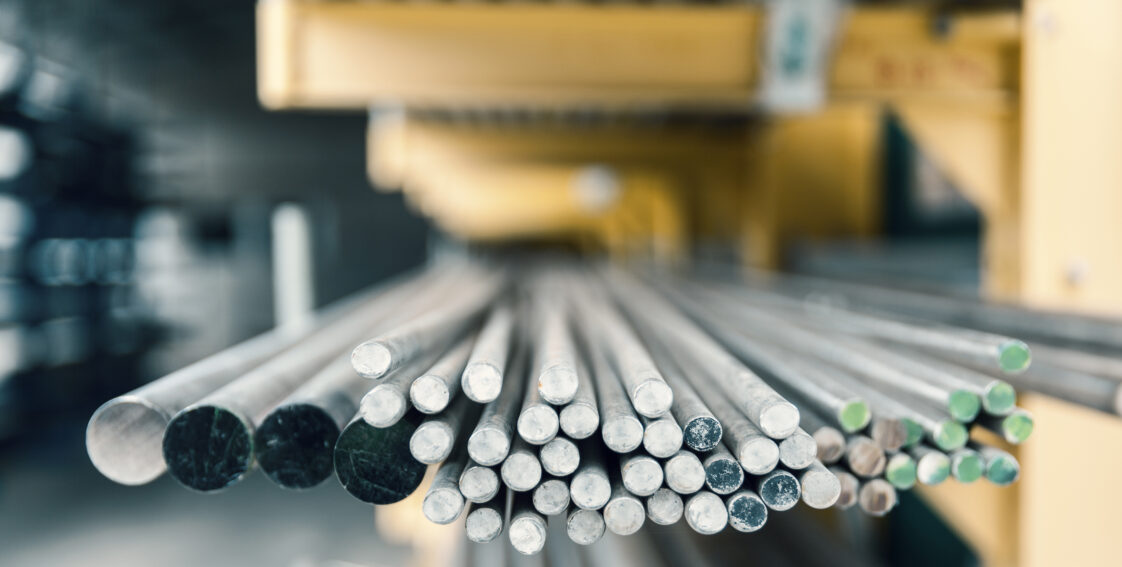
What Is Turned, Ground, and Polished? TGP Steel Bar Explained
There are two main ways of producing steel bars. Hot rolled bars are rolled into different shapes following reduction from billets. Passing the hot rolled material through a die produces cold drawn steel bars. Each has its own advantages and is appropriate for certain applications. However, other applications require an even higher degree of precision than either hot rolled or cold drawn steel bars can offer. This level of precision can only be obtained when the bars are turned, ground, and polished.
Definition of Turned, Ground, and Polished
Cold drawn and hot rolled steel rods are roughly dimensioned and coarse. A TGP steel bar has gone through a three-step process that turns it into a smooth, straight metal shaft.
Turning: The process begins by turning an oversized steel bar in a lathe. A cutting tool is placed into the tool holder, and the lathe chuck is tightened around the steel rod. The bar starts to spin when the lathe is turned on. The cutting tool cannot be fed onto the bar until it reaches the desired speed. Depending on how oversized the bar is, the cutting tool may have to make multiple passes. Once the steel bar is brought down to the desired size, the turning is complete.
Grinding: Grinding takes place by replacing the cutting tool with a grinding wheel and rotating the bar in the chuck again. After turning has produced a bar that is the correct size and shape, the goal of grinding is to take rough material off the surface of the bar to bring it within the required dimensional tolerance. Because TGP bars are used in precision applications, the acceptable dimensional tolerances are very fine, down to 0.0005 of an inch.
Polishing: Once the bar is the right size and shape and ground to the correct dimensions, the surface is made smooth by polishing it. This is accomplished using a polishing wheel.
Benefits of TGP Steel Bar
Turning, grinding, and polishing results in a bar that is much straighter than it was before it went through the process. The maximum is to within 0.001 of an inch per foot. Grinding, in particular, improves dimensional tolerance, which is essential when you need the part to fit a specific application with the greatest precision.
You could turn, grind, and polish your own steel bars, but that would cost you a lot of money. You would have to purchase the material and the equipment needed to complete the process. Then you would have to pay for the labor involved. The entire process of turning, grinding, and polishing takes you and your team a significant amount of time. Purchasing it from us is much more efficient because the product comes to you already turned, ground, and polished. Compared to turning, grinding, and polishing your steel bars on-site, buying from us saves you both time and money in significant amounts.
Applications for TGP Steel Bar
TGP steel bar is often used as shafts in high-speed applications, such as the following:
- Axles
- Bolts
- Crankshafts and Driveshafts
- Mandrels
- Pinions
- Piston rods
- Pump shafts
- Tool shanks
If a shaft used in one of these applications is not perfectly straight and concentric, or if the finish were not perfectly smooth, it could cause either the bearing or the shaft itself to wear down prematurely. A high level of precision is required to protect these moving parts and avoid premature wear so that the end-user can get as much use out of the application as possible.
TGP steel bar has applications in multiple industries, including agriculture, automotive, construction, energy, fluid handling, infrastructure, and general fabrication and machining.